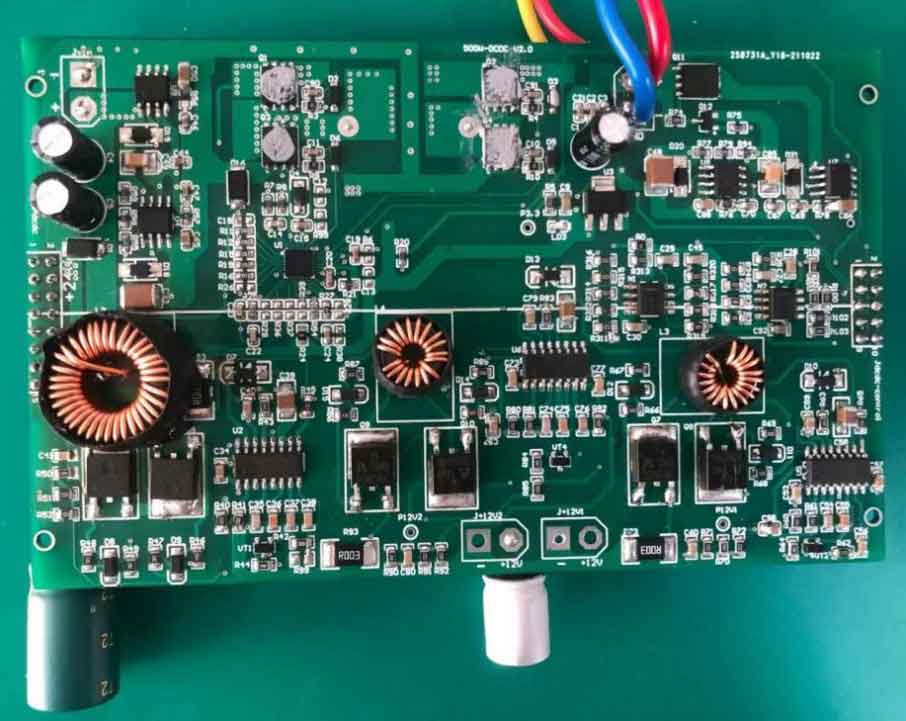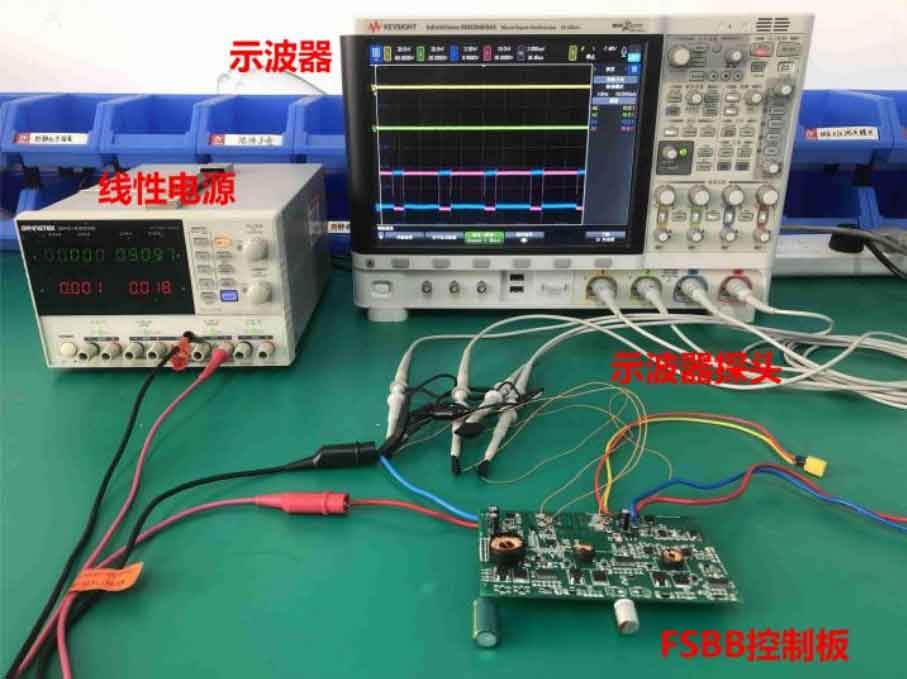A portable power supply system was designed based on embedded system technology and power electronics technology according to outdoor electricity demand. The portable power supply system realizes a wide range of voltage input charging, meeting the needs of various charging methods; Provides various discharge output socket interfaces: AC output interface, USB interface, Type-C interface, DC5521 interface, cigarette lighter interface, meeting the diverse needs of electrical equipment interfaces; Designed control buttons and LCD display screens to meet the requirements of portable power system management. The specific job responsibilities are as follows:

(1) Based on the actual needs of users, an overall design framework and module design framework have been developed, and software and hardware designs have been carried out according to the design framework of portable power systems. The hardware part includes selecting appropriate control chips, drawing circuit and PCB schematic diagrams, and completing the processing, soldering, debugging, and other work of the circuit board. The software part includes programming for selecting chips, communication between modules, and debugging.
(2) Three mode control FSBB converter is designed for DC charging module. According to the minimum duty cycle of MOS transistor, a dynamic compensation method is proposed to solve the control blind zone. Compared to traditional FSBB converters, it eliminates control blind spots and effectively improves the voltage jump problem in portable power supply systems during mode switching. Through the switching of three modes, the switching frequency of MOSFETs is reduced, resulting in reduced losses in portable power supply systems. Finally, it was verified through experiments that changing the input voltage within the specified design range resulted in good output voltage stability, proving that the control strategy effectively improved the stability of the FSBB converter and met the design expectations of portable power supply systems.
(3) The direct current discharge module is designed using the EG1164 chip, and the entire portable power system is designed using three chips: one chip is used to output 24V direct current as the input voltage of the USB charging chip, and the other two chips are used to output 12V direct current for the cigarette lighter and DC5521 interface, respectively. The USB charging chip is designed using the SW3518 and SW3521 chips produced by Zhuhai Zhirong Technology Company, and the SW3518 chip output by the dual port PD fast charging protocol is used to provide Type-C and USB3.0 interfaces; The SW3521 chip with a single interface QC fast charging protocol output is used to provide a USB2.0 interface.
(4) The AC discharge module adopts a fuzzy PID control strategy, which utilizes the simulation of human thinking in intelligent control theory to control. Fuzzy PID is applied to the voltage current dual closed loop composite control. Compared to traditional double closed-loop control, it enhances control accuracy and improves anti-interference ability when load changes occur. Finally, it was verified through experiments that the output waveform is still a standard sine wave, THD is less than 3%, and the output voltage and frequency are stable, which meets the design expectations of portable power supply systems under no-load and load conditions.
(5) The portable power system management module uses the STM32 microcontroller to receive the operating status data of each module, and drives the chip through HT1621 to display the collected data on the LCD screen, making it convenient for users to obtain the operating status of the portable power system at any time.
(6) After simulation and actual testing of each module, the overall assembly of the portable power supply system was carried out, and the charging and discharging tests of the portable power supply system were carried out to verify its practicality.

Research on the charging and discharging technology of portable power systems, combining digital control with analog circuits, and applying advanced control algorithms to integrated control chips, enhances the anti-interference ability of portable power systems, improves their stability, and meets the expected goals. However, due to time constraints, there are still many detailed issues with portable power systems that require further research and improvement:
(1) Applying fuzzy PID to the dual closed-loop control strategy, for different controlled objects, once the fuzzy controller is determined, the parameters of the portable power supply system and the rules of the fuzzy control system of the fuzzy control are determined and unchanged. However, the unchanged fuzzy controller is difficult to achieve good control effects for different controlled objects. In subsequent research applications, the theory of fuzzy control will be combined with other control technologies, such as ant colony algorithm, to further improve the control performance of portable power systems.
(2) In response to the heat dissipation problem of portable power supply systems, this project utilizes heat sinks attached to MOS tubes and IGBTs for large-scale heat dissipation. Further research is needed on the performance and control algorithms of switch tubes to improve the heat dissipation part.
(3) The design is a 500W portable mobile power supply, which only meets the power supply needs of some outdoor equipment. In the future, we will improve the circuit and control algorithm based on this, and research and design 1000W and 2000W portable power supply systems.
